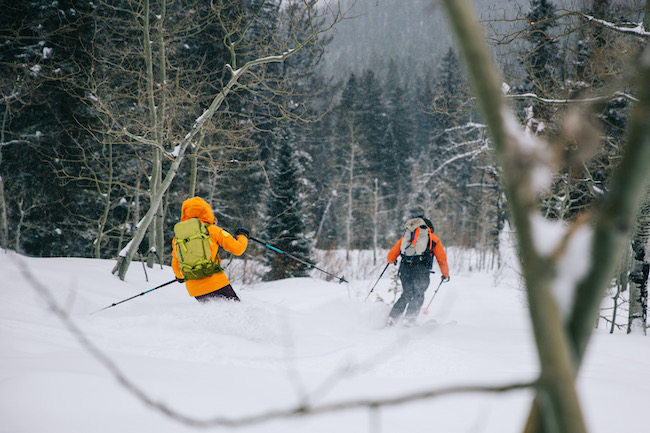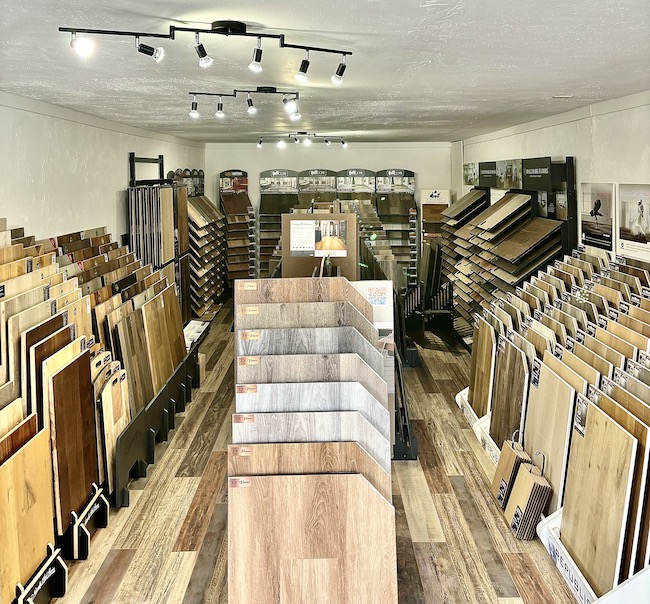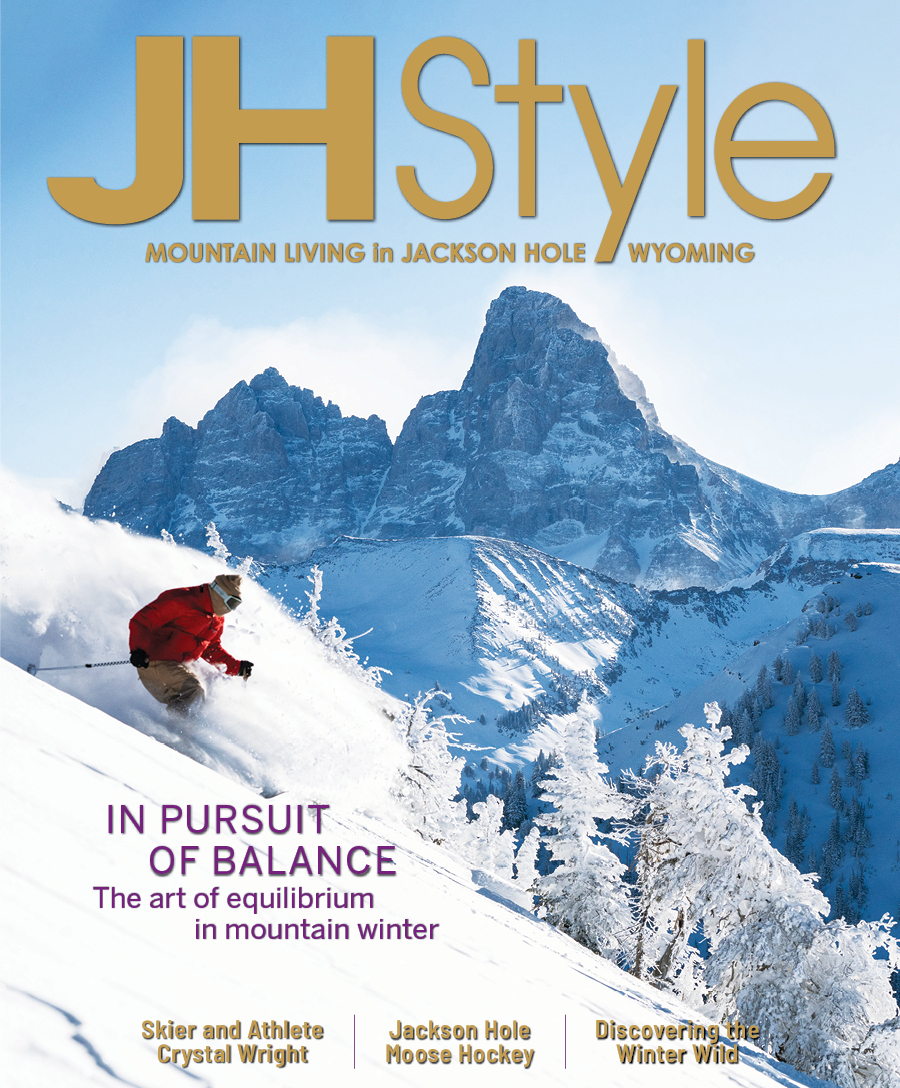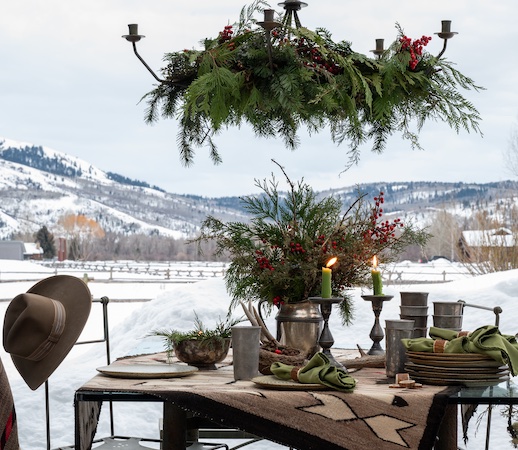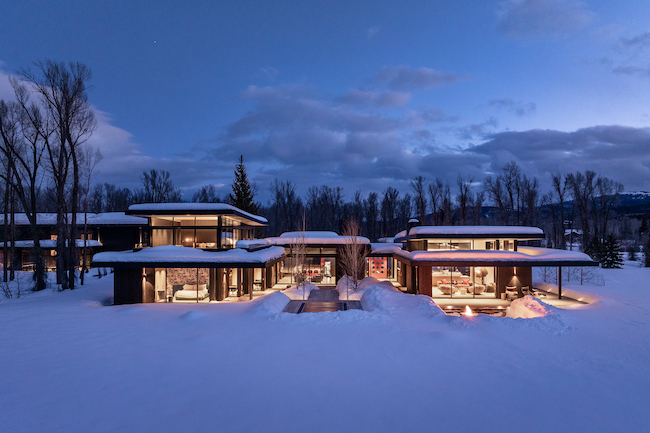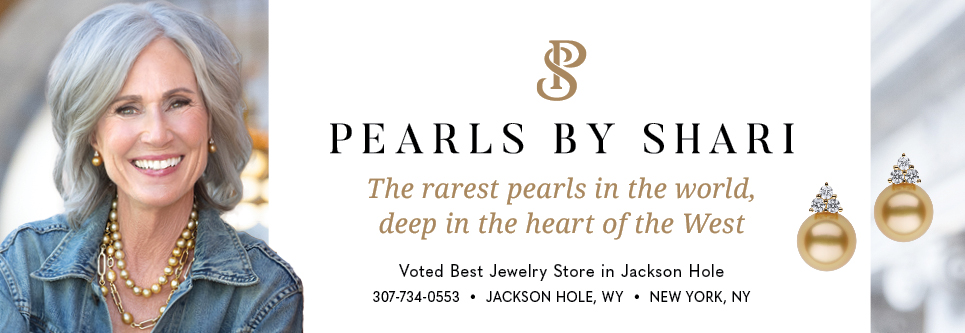Shaping Jackson Hole
24 Nov 2025
Architecture, community and careful growth
Winter/Spring 2026
Written By: Caleigh Smith
This valley is a unique place, to say the very least. Every building exists amidst dramatic landscapes, and new construction must navigate exceptional affluence, a tight-knit local community, sustainability expectations and uncompromising design standards. For architects, builders and owner’s representatives, it’s a constant negotiation between what can be built and what should be. It’s often a delicate balancing act between ambition and preservation.
Katherine Koriakin of GYDE Architects focuses on design that interacts well with its surroundings. “We’re always thinking about how a building sits in the landscape, how it feels from the street, how it interacts with the community. The goal isn’t just a pretty building, it’s building one that belongs here, that enhances the space rather than dominates it,” she said. From community projects like the Jackson Hole Children’s Museum to local parks, large-scale homes to smaller developments, Katherine aims to create architecture that serves a broad spectrum of residents while preserving the valley’s character.
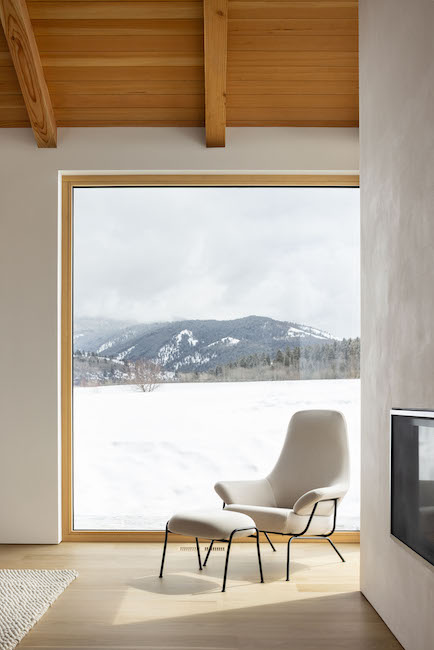
At Untitled Architecture, Logan Medrano and Leo Naegele share a similar approach. Logan noted, “Clients often have very specific needs, but we’re thinking about how the building fits into its context, how it scales with its surroundings, and how it works in the long-term.” Leo added, “Every project is a collaboration with the landscape, the town and the people who will use it. We want our work to feel intentional, like it could only exist here.” Their portfolio spans residential, commercial, and public projects, blending modern design with thoughtful placement and material choices.
Sarah Hoover, an owner’s representative at Wember Inc., brings a construction-focused perspective. “I make sure architects, engineers and contractors deliver what’s promised, whether it’s a public school or a private project,” she explained. Her role ensures that taxpayer dollars are spent wisely while private projects are executed as intended. She has overseen school expansions, recreation centers, and community facilities, all while navigating Jackson’s unique challenges of high construction costs, limited local labor and the logistical hurdles posed by housing shortages and remote access.
These constraints shape every decision made in the industry.

Katherine observed, “Development here is increasing, and the density and scale of some projects can threaten the character of the town. It’s tricky, but it’s also what pushes us to design better.” Logan echoed this, highlighting the importance of context: “We can’t just take a design from another city and drop it here. Every element has to respond to the site, to the light, to the people who live here.” Sarah added, “Labor and material costs are enormous. Planning approvals take time. There’s always a challenge in aligning expectations, budgets, and timelines. But the projects we do impact the community in meaningful ways — a new climbing gym, a school addition, a rec center feature. That makes it all worth it.”
For these professionals, success is measured not just in aesthetics or efficiency, but in the lasting impact of the work. Leo points to durability and environmental responsibility: “We want buildings that are functional, sustainable and built to last. They should serve the community now and decades from now.” Sarah emphasized the human element, particularly in public projects: “It’s about doing right by the people who will use the building every day. Not just checking boxes, but listening, responding and making decisions that benefit the community overall.”

This approach requires intentionality and care.
These professionals negotiate regulations, budgets, client desires and environmental concerns, all while protecting what makes our valley so special. By the time a project is complete, it’s more than a material structure; it’s a thoughtful addition to a community that values its character, its landscape and its people. It’s about creating spaces that honor the land, serve the people and allow the town to grow without losing what makes it unique.

